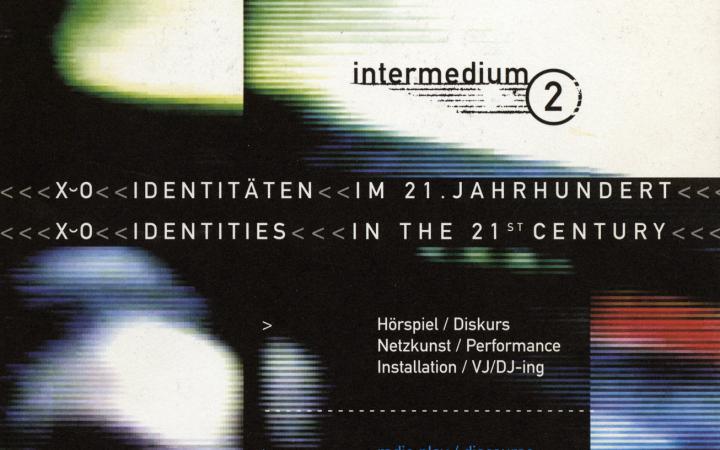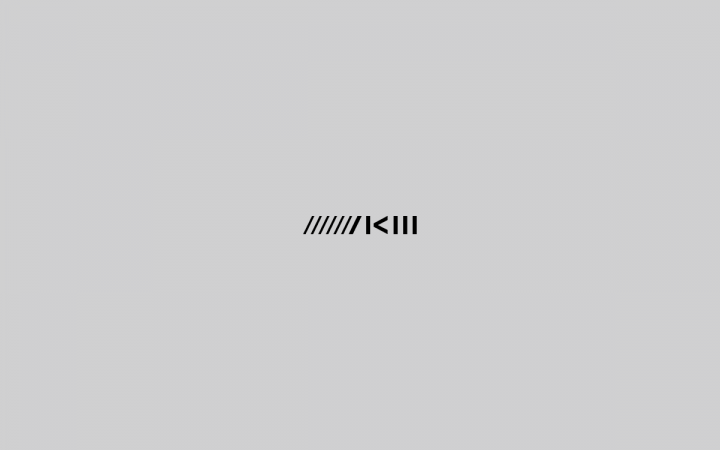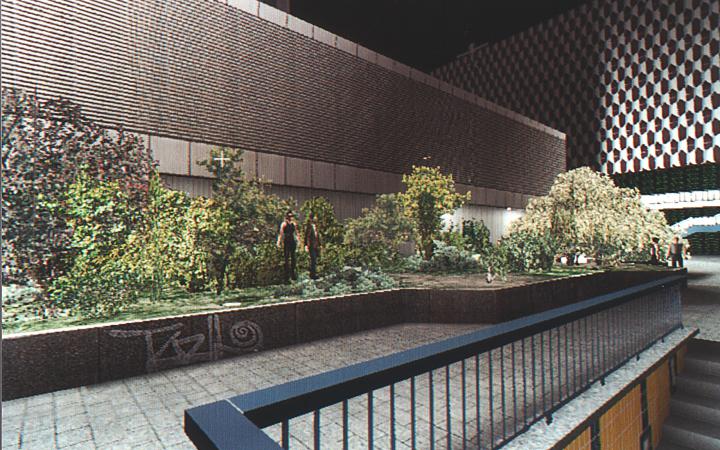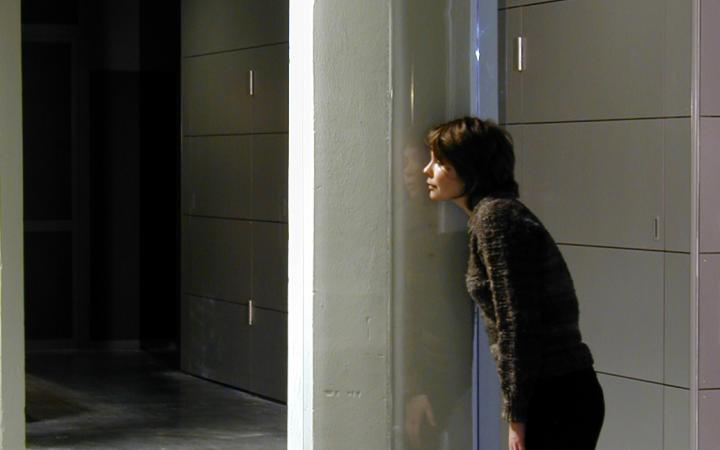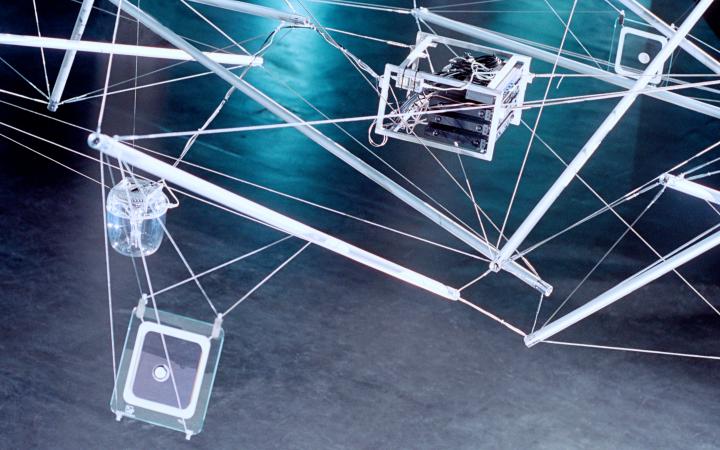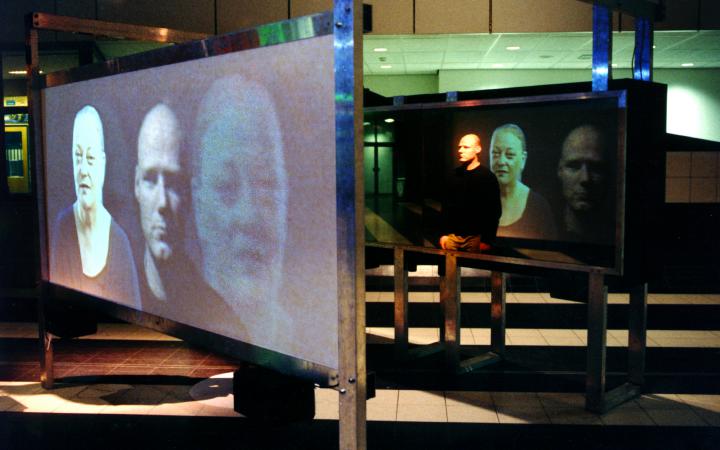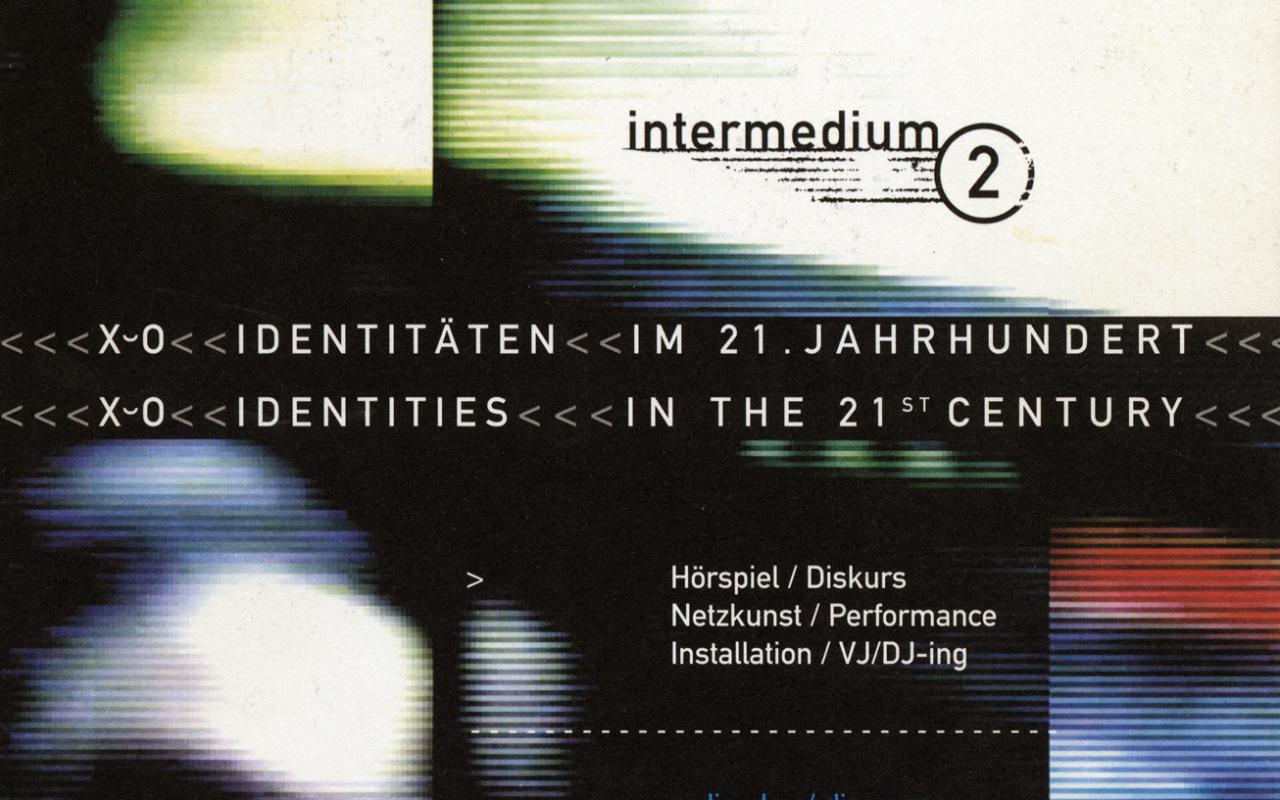
Herbert Kapfer: »intermedium: network for media art«
Media are almost omnipresent. Dealing with media reality is an elementary theme of artistic work in the narrower sense. Its public is limited. The information and entertainment flow ignores artistic questions and refuses to reflect. It narrates everything just like that, so to speak.
The exact opposite can be observed within and in relation to the arts: here nothing can be narrated just like that, nothing presents itself automatically without having determined in an aesthetic process narrative modes, forms of presentation and the question of means and media specifically in relation to the subject. The backward-looking postulate according to which »people need narratives« can be reflected back: the wealth of experimental narrative and presentation modes is only experienced by those who allow themselves the necessary openness and grant themselves freedom of perception.
Only in this way is it possible to experience the difference between narration and calculation, between narrative flow and data flow, between information about and insight for people. A non-reflective approach to the media involves switching off mentally.
From the concept of narration to the genesis of the initiative intermedium: the phenomenon mentioned above of arts converging was also evident in the radio play genre in the 90s. The growth in mixed aesthetic and medial forms created from performances, live broadcasts, presentations inspired by musical theatre, remix projects, online presentations and interactive experiments inspired the idea of holding a festival. The aim was to use such an event to present intermedia projects for discussion and broadcast, starting out from radio play, acoustic art and sound art.
The rest of the story can be quickly told: In November 1999, Bayerischer Rundfunk initiated the media arts festival »intermedium 1«, which took place in the Academy of Fine Arts in Berlin and was linked with numerous broadcasts. The partners were the radio play departments of ARD, DeutschlandRadio und and the Center for Art and Media Karlsruhe.
»intermedium 1« presented Intermedia Performance Audiolounge Discussion Radio Play Film.
In order to make sure that the initiative »intermedium« also retains the perspective of conceptual and media openness and thus avoids rigidity, the festival will be created anew each time at changing locations with changing event partners and coproducers: After intermedium 1 in Berlin and »intermedium 2« in Karlsruhe, Munich will be the centre for »intermedium 3«, in 2004.
»intermedium« is a network for media art. »intermedium« combines festival events and broadcasts in the media of radio and the World Wide Web. Organizationally intermedium is based at Bayerischer Rundfunk and is being realized in collaboration with cultural institutions, media centres, theatres and public broadcasting corporations.
»intermedium« is interdisciplinary and sees itself as an initiative of radio to try out artistic cooperations with other media and arts; in addition to the developing and presenting of artistic projects, intermedium is involved in the debate on technical-artistic matters and on media and cultural policy. The topics are: electronics as a lifestyle, the everyday routine of intermedia, cyber modernity, media totality, the interaction between art and media, pop culture, industry and piracy, media convergence, network art and art in the age of globalization, the information society.
Herbert Kapfer
Head of the Radio Play and Media Art Department at BR, Initiator and Head of the Biennial intermedium
Peter Weibel: »intermedium: remapping the media«
The technical transformation of artistic practices over the last 150 years or so, namely since the early days of photography and the emergence of the technical visual media, has created a new direction in art and an art of the new direction. During this time, attempts have been made to elaborate on the specific conditions of the respective medium hosting the image and the respective machine hosting the sound and to explore their mutual dovetailing – synchronicity and synaesthesia are the buzzwords here. This explosion of the visual and acoustic thanks to new media and machines gave rise not only to an immense universe of images, but also generated a great number of new functions and fields for images and sounds.
For many years, the aesthetic criteria devised in relation to classical panel paintings could not be aligned to the fast-growing universe of technical images. Ever greater became the gap between the images of the mass media, science and everyday life generated by men and machines, on the one hand, and the images created by artists who did their best to conform with the traditional aesthetic codes, on the other. The question as to whether technical images could be artistic has thus been a matter of fierce debate for a good 150 years. And the question seems to have been answered, at least temporarily, along with that on the specific discourse and unique properties of the respective media. At present, the focus seems to be on developing a new cartography of the media and crossing the borders between the individual media.
In the 1960s, this differentiation of diverse media was for the first time construed as a meta-discourse and labeled multimedia or intermedia. This was taken to mean either an accumulation and addition of the media and/or an aesthetic which oscillated between the media. Influenced by the scientific methodologies of cybernetics, semiotics and structuralism, media that had hitherto been separate were considered texts that, while obeying specific intrinsic conditions, could nevertheless be subsumed under the universal concept of a code or text. Media as texts called for intertextual skills. Intertextuality and intermediality thus became related notions, the two sides of a broader concept of artistic practice.
Given the realities of life, which at the end of the 20th century were decisively influenced by the print and electronic media establishing a global presence that envelopes the classical notion of tangible reality, art is a meta-discourse that functions at an intertextual level – it is the only possibility for critical discourse in order to shed analytical light on the heterogeneous web of the media world, that patchwork of various macro- and micro-discourses.
The issue of multiple identity as is emphasized in the title of the »intermedium 2« festival, stems precisely from those techno-transformations of the social sphere as are reflected in the multiple media. These techno-transformations, generated by the mechanical mobility in the form of railways, autos and airplanes, by communication machines in the form of telegraphy, telephony, TV, and by the visual machines of photography, film, and TV, all have roots in how we experience the space-time continuum – until these media arose, such experience was centered purely on the body, and their emergence has thus radically changed the individual's potentiality.
The post-human subject and the post-modern information society correlate in the optional individual, who in the course of his life tries out the different positions, or in the positional subject who, in the course of his life, tries out those positions which society has to offer. The individual becomes variable, or as Robert Musil analyzed in his superb novel with the telling title Man Without Qualities when he portrayed what Jean Baudrillard has termed the historical »blackmailing of identity«: He sensed: “this order is not as firm as it purports to be; no thing, no I, no form, no principle is safe...”
The discourses, performances, installations, audio plays, networks, and videos at »intermedium 2« are intended to highlight these changes.
- Website
- http://hosting.zkm.de/intermedium
- Credits
- Peter Weibel (Curator)
- Herbert Kapfer (Co-Curator)
- Exhibitions team
Hartmut Bruckner (technical participation)
Sabine Himmelsbach (project management)
Manuel Weber (technical participation)- Organization / Institution
- Bayrischer Rundfunk, Hörspiel und Medienkunst
- Partners
- Hessischer Rundfunk ; Westdeutscher Rundfunk ; Eins Live ; DeutschlandRadio Berlin ; Österreichischer Rundfunk ; Schweizer Radio DRS ; Südwestrundfunk ; DASDING ; Mitteldeutscher Rundfunk ; Radio Bremen ; Saarländischer Rundfunk ; Schauspiel Frankfurt ; Jan van Eyck Akademie ; SWR Studio Karlsruhe ; SWR Hörfunk-Außenübertragung Baden-Baden
Accompanying program
-
- Sun, March 24, 200210 pm
- Verleihung intermedium Preis
-
Award Ceremony
Medientheater
-
- Sun, March 24, 20029.30 pm
- DJ-ing
-
Reception
Foyer
-
- Sun, March 24, 20028.30 pm
- Viny'l'isten
-
Performance
Foyer
-
- Sun, March 24, 20027 pm
- Warte nur!
-
Performance
Medientheater
-
- Sun, March 24, 20026 pm
- a sophisticated soirée
-
Performance
Staatliche Hochschule für Gestaltung Karlsruhe (HfG); Großes Studio
-
- Sun, March 24, 20025 pm
- Gen®erationen
-
Performance
Kubus
-
- Sun, March 24, 20024 pm
- Meine Maschine und ich
-
Performance
Medientheater
-
- Sun, March 24, 20023 pm
- Instant Insider
-
Performance
Kubus
-
- Sun, March 24, 20022 pm
- D.A.V.E.
-
Performance
Medientheater
-
- Sun, March 24, 200212.30 am
- beat frames
-
Reception
Foyer
-
- Sun, March 24, 2002
- Thomas Meinecke, Michaela Melián, David Moufang: Konvent
-
Performance
Medientheater
-
- Sat, March 23, 200211.15 pm
- Jan Peters, Hélèna Villovitch: A terrible journey
-
Performance
Foyer
-
- Sat, March 23, 200210.30 pm
- test bed: Elektronisches Träumen
-
Radio Play
Kubus
-
- Sat, March 23, 20029.30 pm
- Staubmarsch
-
Performance
Medientheater
-
- Sat, March 23, 20028 pm
- mixed identities
-
Panel Discussion
Foyer
-
- Sat, March 23, 20027 pm
- ..devolve into II..
-
Performance
Kubus
-
- Sat, March 23, 20026 pm
- a sophisticated soirée
-
Performance
Staatliche Hochschule für Gestaltung Karlsruhe (HfG); Großes Studio
-
- Sat, March 23, 20025 pm
- Thomas Meinecke, Klaus Theweleit: Tonkopf-Duett
-
Performance
Medientheater
-
- Sat, March 23, 20023.30 pm
- Dietmar Dath & Jan Werner: Das An-/Aus-Versprechen
-
Performance
Medientheater
-
- Sat, March 23, 20022 pm
- Pop – Leben ohne Identität
-
Panel Discussion
Medientheater
-
- Sat, March 23, 20021 am
- a sophisticated soirée
-
Performance
Staatliche Hochschule für Gestaltung Karlsruhe (HfG); Großes Studio
-
- Sat, March 23, 20021 am
- Kalle Laar: Me myself and I
-
Performance
Foyer
-
- Sat, March 23, 2002
- Frankensteins Netz
-
Radio Play
Kubus
-
- Fri, March 22, 200211 pm
- Bitte folgen!
-
Radio Play
Medientheater
-
- Fri, March 22, 20029.45 pm
- Strategien der Auflösung
-
Panel Discussion
Foyer
-
- Fri, March 22, 20029 pm
- Glühkäferkomplott
-
Radio Play
Medientheater
-
- Fri, March 22, 20028.15 pm
- Tone Avenstroup, Robert Lippok: marbel & matrikel
-
Performance
Foyer
-
- Fri, March 22, 20028 pm
- Eröffnung intermedium 2
-
Opening
Foyer
-
- Fri, March 22, 2002
- intermedium 2 (exhibition)
-
ZKM | Medienmuseum
-
- Fri, March 22, 2002
- Multiple Choices
-
ZKM | Medienmuseum, Projektraum
